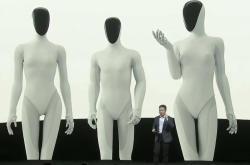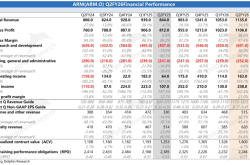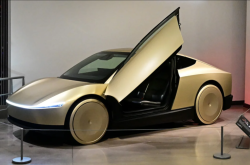Refrain from Using 'Engineering Mentality' as a Marketing Excuse, Alright?
![]() 06/18 2025
06/18 2025
![]() 587
587

Introduction
“A company’s marketing prowess is paramount; without it, all other efforts may fall flat.”
June, traditionally considered a lull period for China's automotive market, has nonetheless witnessed an unrelenting influx of hot news and groundbreaking products.
Two incidents, in particular, left a profound impression on me.
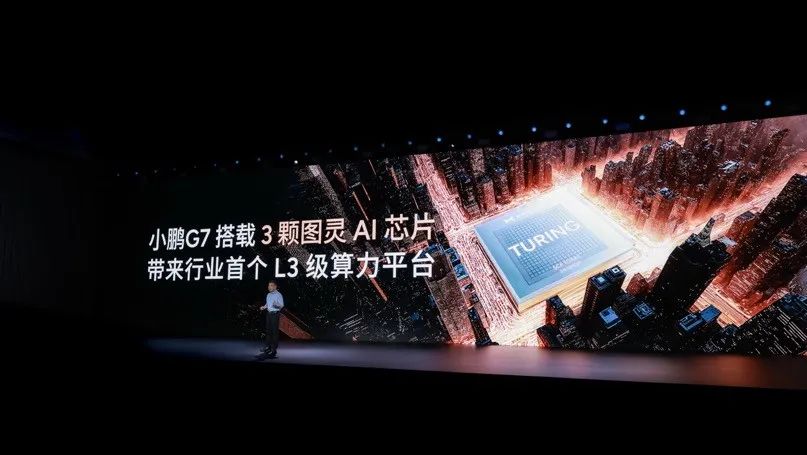
First, the global unveiling of the XPeng G7. As a rising star in the automotive industry, positioned in the premium segment above 200,000 yuan, the G7 serves as the company’s crucial strategic anchor. Judging by its current capabilities, the G7’s offering is remarkably sincere.
Particularly the Ultra version, equipped with three self-developed Turing chips—two dedicated to intelligent driving and one for the intelligent cabin—boasts a combined computing power exceeding 2200 TOPS.
Second, a shareholder’s lengthy suggestion to Wang Chuanfu of BYD. Upon carefully reading the entire text, one can sense his profound affection and earnest critique. Critically, the content directly points out BYD’s weak user engagement in marketing.
This is precisely the topic we will delve into today.
In my opinion, the G7’s aggressive hardware stacking on its top-tier models aims to prepare for advanced assisted driving features or even the advent of the L3 era. More importantly at this stage, it seeks to captivate users at the marketing level.
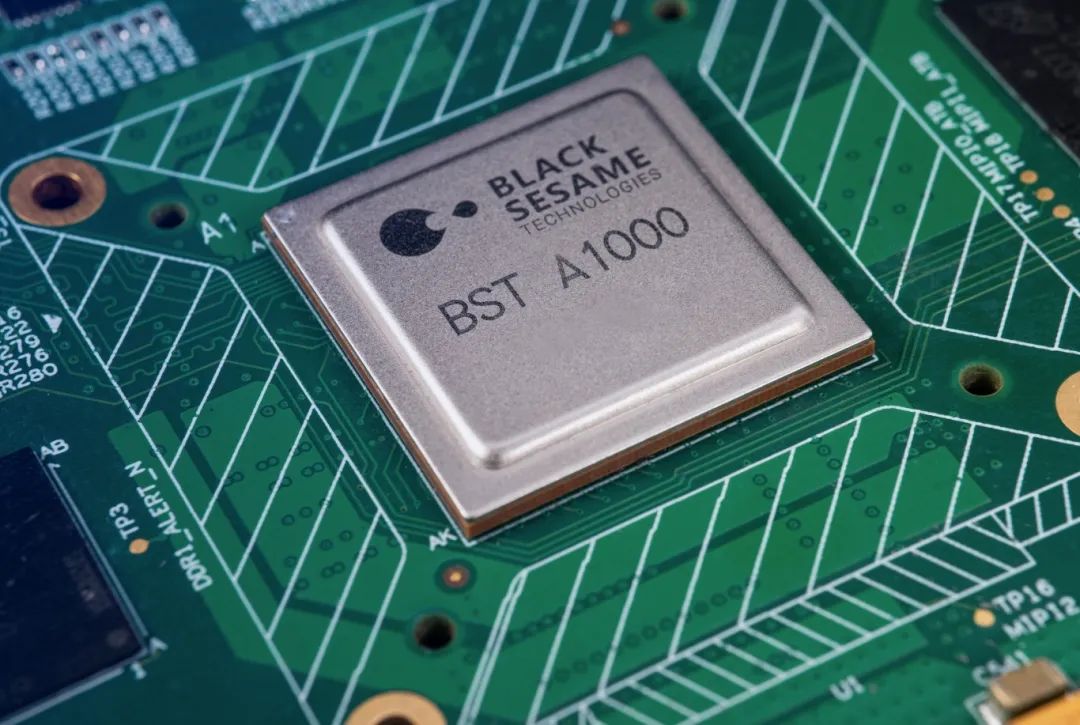
As smart electric vehicles take center stage, chip quality and computing power have become crucial indicators for potential consumers to gauge a product’s worth.
Thus, equipping the G7 with three Turing chips at a competitive price gives consumers the impression of exceptional value. From XPeng’s perspective, it’s a win-win situation.
Capitalizing on this trend, let’s shift our focus to BYD.
It’s undeniable that this powerhouse dominates both China’s and the global automotive markets, seemingly unstoppable.
However, as that shareholder mentioned, BYD’s underwhelming marketing performance is an area ripe for improvement. Regardless of how advanced the technology or how superior the product, if users are unaware or uninterested, much of the effort will go unrecognized and unappreciated.
Within the automotive media sphere, I often hear this industry viewpoint: ‘We are engineers at heart, technically-oriented in our thinking. Many of our model’s highlights are subtle and require time to uncover. We seldom boast about our achievements.’
This rhetoric smacks more of an excuse for poor marketing.
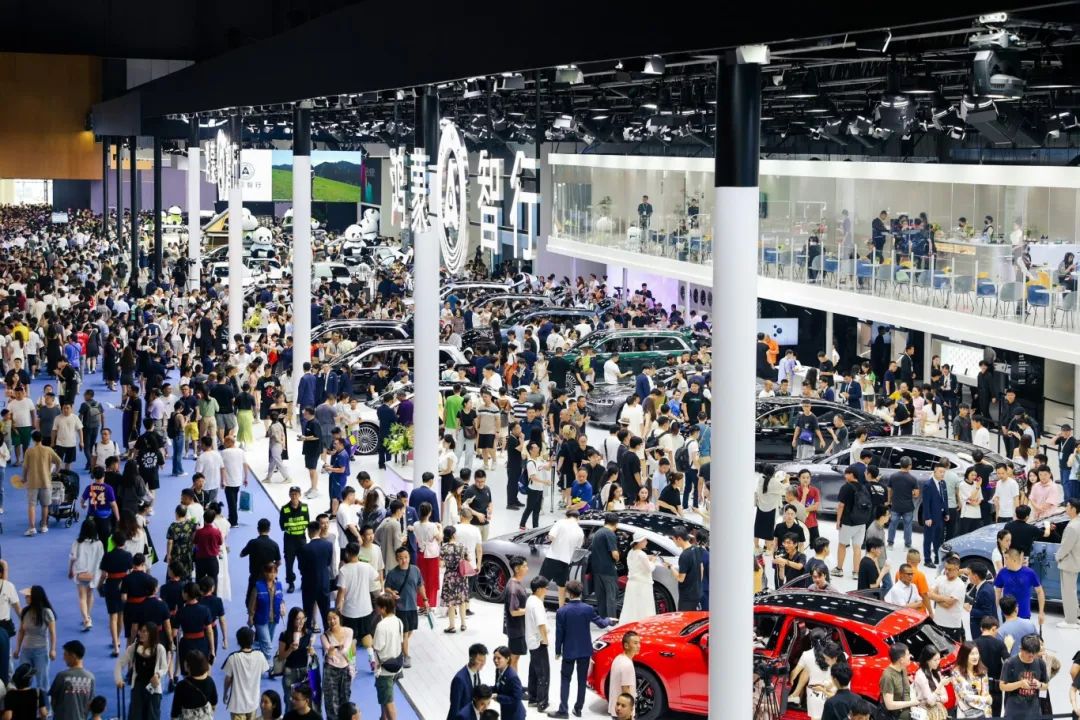
Rationally and objectively, in the era of traditional fuel vehicles, such marketing shortcomings were less critical. However, in the new energy vehicle era, with product experiences becoming increasingly homogeneous and competition intensifying, marketing prowess has become the lifeblood of enterprise development.
For any automaker, having excellent products is futile without effective marketing. Conversely, promoting products that aren’t up to par is equally challenging.
Last week, I stumbled upon another insightful post by Li Xiang Auto’s ‘Hard Guy’ on his personal Weibo: ‘Marketing is the core of a company’s business activities and the most crucial yet challenging aspect to master. It determines whether a company’s products sell and is key to realizing the value of the producer’s labor. If a company falters in marketing, all other efforts will be in vain.’
He further added, ‘Being inept at marketing and solely focusing on technology, akin to hiding the meat in the rice, only underscores marketing incompetence and fails to prove product excellence or consumer recognition. Both Huawei and Xiaomi exhibit strong marketing prowess. Huawei’s IPD and IPMS processes integrate marketing into the product development stage. When developing products, they already consider marketing strategies pre- and post-launch. Some product features are specifically tailored for marketing. Tell me, isn’t marketing important?’
I couldn’t agree more.
Having witnessed China’s automotive market, I’ve seen too many brands where R&D departments operate in information silos, blindly developing cars behind closed doors, then handing over these ‘assumed’ new cars to the marketing department, considering their job done.

Ultimately, if sales are robust, everyone rejoices; if not, the blame shifts to marketing. This approach is outdated. The disconnect between these two departments is the underlying issue.
As mentioned, automakers must now foster seamless connectivity, with R&D and marketing complementing and collaborating.
Only then can a new car’s full potential be unleashed throughout its lifecycle, attracting as many potential consumers as possible.
Let me illustrate: if an outstanding smart electric vehicle requires ‘100 points’ to become a hit, the product itself might account for ‘60 points’, with the remaining ‘40 points’ derived from marketing stimulation.
Why did Xiaomi SU7 achieve such a resounding success? Why did it outperform the Tesla Model 3? Why did its president, Lu Weibing, boldly claim at the shareholders’ meeting that there was no competition?
The answer lies in Xiaomi’s approach: ‘Although the product itself doesn’t stand out generationally among competitors, with Lei Jun’s personal charisma and robust self-promotion, it creates a significant gap. Through effective marketing, this electric sedan truly went viral, becoming a household name.’
Moreover, observing Xiaomi SU7’s success path, from pre-launch hype to delivery and subsequent communication campaigns over the past year, it’s evident who their target audience is.

The principle remains the same: ‘Excellent marketing is crucial.’
As anticipated, Xiaomi YU7, set to enter the market later this month, will undoubtedly stir up considerable buzz and traffic. Whether acknowledged or not, Xiaomi’s prowess in this area deserves humble study or even imitation by all automakers.
Moving forward, every player in China’s automotive market must ensure their marketing teams are not makeshift organizations but can collaborate with R&D to achieve a ‘1+1≥2’ effect. Failure to do so will undoubtedly result in a harsh reality check.
As consumers, if you encounter similar rhetoric like ‘engineering mentality, technically-oriented, meat hidden in the rice,’ kindly refute it: ‘Don’t use poor marketing as an excuse, alright?’
After all, these two aspects are not mutually exclusive. Who says engineers can’t articulate their work?
When an automaker excels in marketing, it proves its robust systematic combat capabilities and highlights that its products truly cater to market demand rather than indulging in self-satisfaction.
That’s just the way it is...
Responsible Editor: Du Yuxin, Editor: He Zengrong

